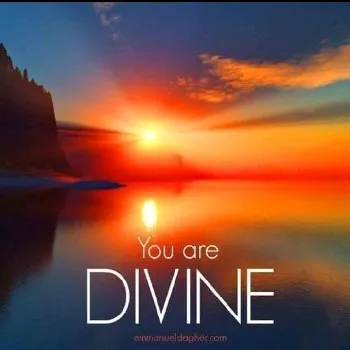Humanity Angels and Jinns
In various religious and cultural beliefs:
1. **Goals and Purpose of Humans**: Humans are often believed to have a range of goals and purposes, including spiritual growth, moral development, and fulfilling their role in the world. Many religious teachings emphasize concepts such as worshiping a higher power, living a righteous life, and contributing positively to society. The purpose of humans is often seen as seeking enlightenment, cultivating virtues, and striving towards a state of harmony with themselves, others, and the divine.
2. **Goals and Purpose of Angels**: Angels are typically depicted as beings with specific roles and duties assigned by a higher power, such as God. Their goals and purpose revolve around carrying out these tasks, which may include delivering messages from the divine, protecting individuals or communities, and praising and worshiping God. Angels are often seen as intermediaries between the divine realm and the earthly realm, serving as messengers and agents of divine will.
3. **Goals and Purpose of Jinns**: In Islamic tradition, the goals and purpose of jinns are believed to vary depending on their individual inclinations and choices. While some jinns may choose to follow the path of righteousness and obedience to Allah, others may deviate and engage in mischief or disobedience. Like humans, jinns are believed to possess free will and are responsible for their actions. The purpose of jinns is often seen as navigating their existence, making choices, and facing consequences...
1. **Goals and Purpose of Humans**: Humans are often believed to have a range of goals and purposes, including spiritual growth, moral development, and fulfilling their role in the world. Many religious teachings emphasize concepts such as worshiping a higher power, living a righteous life, and contributing positively to society. The purpose of humans is often seen as seeking enlightenment, cultivating virtues, and striving towards a state of harmony with themselves, others, and the divine.
2. **Goals and Purpose of Angels**: Angels are typically depicted as beings with specific roles and duties assigned by a higher power, such as God. Their goals and purpose revolve around carrying out these tasks, which may include delivering messages from the divine, protecting individuals or communities, and praising and worshiping God. Angels are often seen as intermediaries between the divine realm and the earthly realm, serving as messengers and agents of divine will.
3. **Goals and Purpose of Jinns**: In Islamic tradition, the goals and purpose of jinns are believed to vary depending on their individual inclinations and choices. While some jinns may choose to follow the path of righteousness and obedience to Allah, others may deviate and engage in mischief or disobedience. Like humans, jinns are believed to possess free will and are responsible for their actions. The purpose of jinns is often seen as navigating their existence, making choices, and facing consequences...




